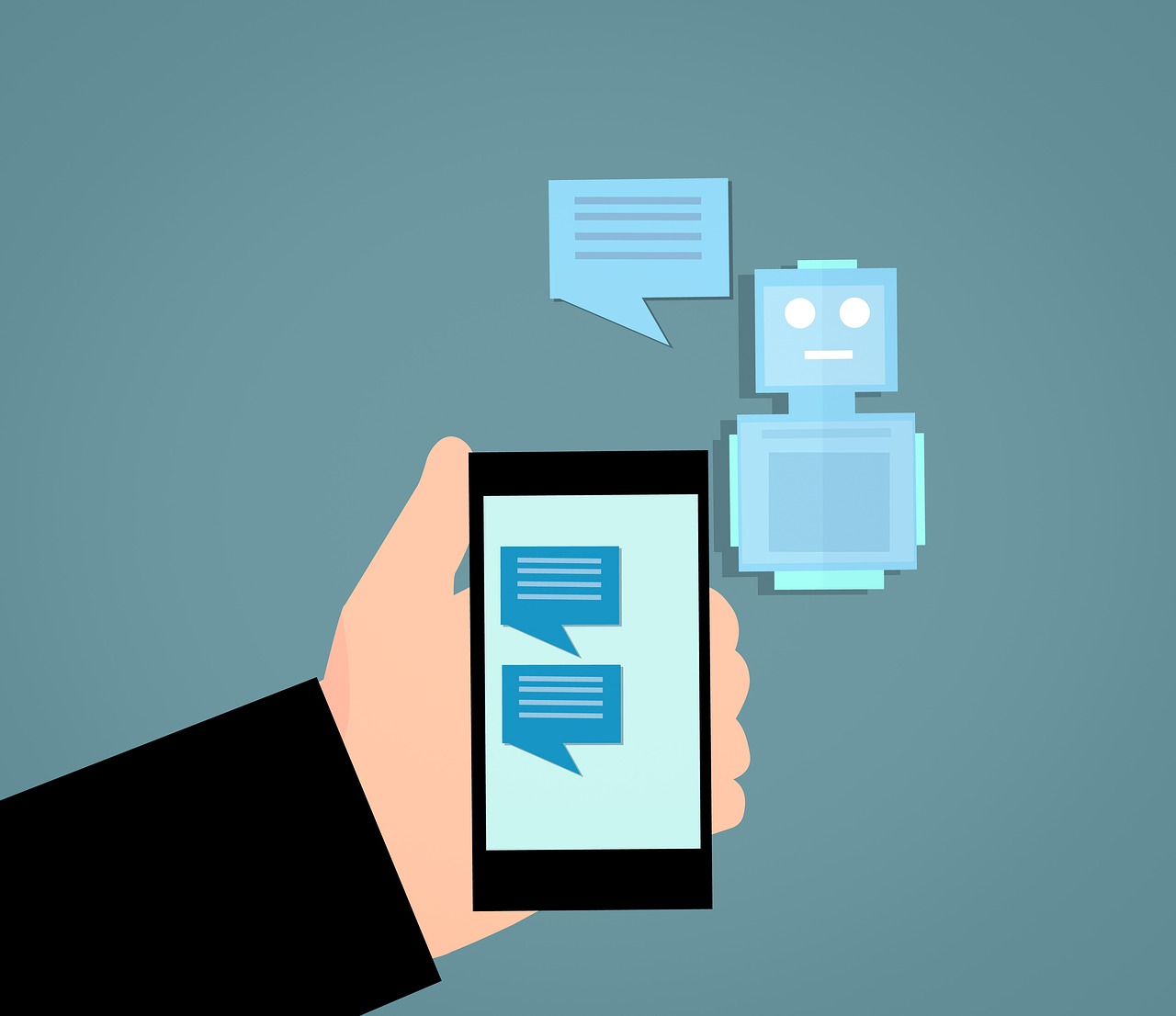The era of AI chatbots is here. This innovative technology has transformed how businesses provide customer service, accomplish tasks, and engage with users. As technology continues to evolve at an astonishing pace, it is reshaping the canvas of human-computer interaction. So let us delve into the fascinating world of AI chatbots and explore their compelling uses.
The Genesis of AI Chatbots
Charles IsBell, a professor at Georgia Tech, coined the term “chatbot” in 1966 to characterize computer programs designed to simulate human interactions. Born out of the idea of artificial intelligence, these ‘smart’ bots have evolved over decades from basic automated response systems to sophisticated virtual assistants.
Defining an AI Chatbot
An integral part of today’s digital landscape, AI chatbots are sophisticated computer programs that interact with humans in their natural language. These virtual companions can be deployed on websites, mobile applications, and major social media platforms like Facebook or Twitter. One good source to learn more about AI chatbots can be found at the AI chatbots by Small Tech Innovations.
How Do Chatbots Work?
Utilizing natural language processing (NLP) algorithms and machine learning techniques, chatbots dissect human language and context to deliver accurate responses. They capture users’ input, interpret it, and respond based on pre-defined rules or learned data sets.
Types of AI Chatbots
There are primarily two types – Rule-based and Self-learning bots. The latter utilizes machine learning algorithms to comprehend conversations’ context rather than relying on pre-existing programming.
The Power of Machine Learning
In self-learning bots, machine learning plays a central role. It learns from past interactions, continually enhancing its ability to provide more accurate and personalized responses.
Why Businesses Love AI Chatbots
AI chatbots are revolutionizing customer experience. They provide 24/7 availability, instant response to queries, and streamline demand management. From booking appointments to answering customer inquiries – these AI virtual agents can automate a myriad of functions.
Use Cases Across Industries
From e-commerce to healthcare, the utility of AI chatbots spans across different sectors. Banks use them for swift customer support while e-commerce websites deploy them for personalized recommendations. Sectors like healthcare utilize chatbots for scheduling appointments or providing medical advice.
Improving Customer Experience
Chatbots drastically improve customer experience by providing prompt and accurate responses, round-the-clock availability, and highly personalized interactions. They help businesses in improving customer satisfaction and loyalty.
Data Collection and Analysis
Besides interaction, chatbots garner valuable insights into customer behavior through data collection and analysis. Companies use this vital information for various marketing strategies like segmentation, targeting, and positioning.
The Future of AI Chatbot Industry
The global market of AI chatbot was valued at USD 17.17 billion in 2020 and is projected to reach USD 102.29 billion by 2026. The stats highlight the rapidly growing popularity of this advanced technology.
Potential Challenges
Despite their immense benefits, AI chatbots also pose certain challenges like dependency on clean data sets for learning, possible security issues, impersonal human-bot relationships, etc. Industry players are working diligently to address these drawbacks.
The Road Ahead
The journey of AI chatbots has just begun. With advancements in machine learning and natural language processing, the potential for more sophisticated and personalized interaction is immense. As AI continues to evolve, so will the capabilities of chatbots.
Wrapping Up
The surge of AI chatbots symbolizes a new era in technology — one that centers on improving interactions and experiences. With their growing ubiquity across industries, the wave of AI chatbots shows no signs of slowing down. By leveraging this powerful tool, businesses can streamline operations, improve customer experience, and remain at the forefront of innovation.

